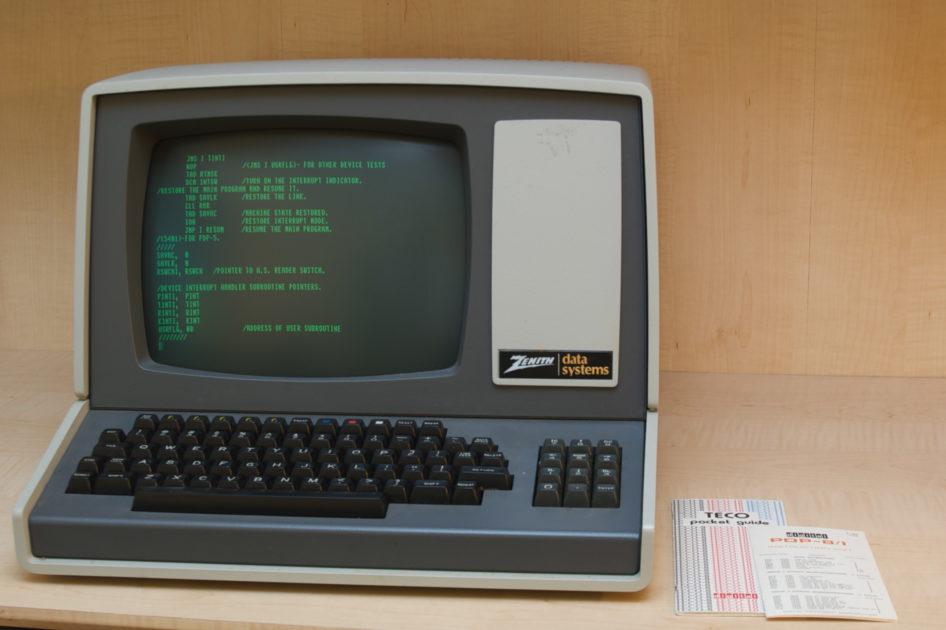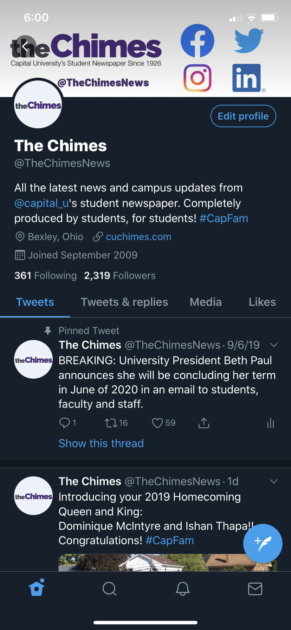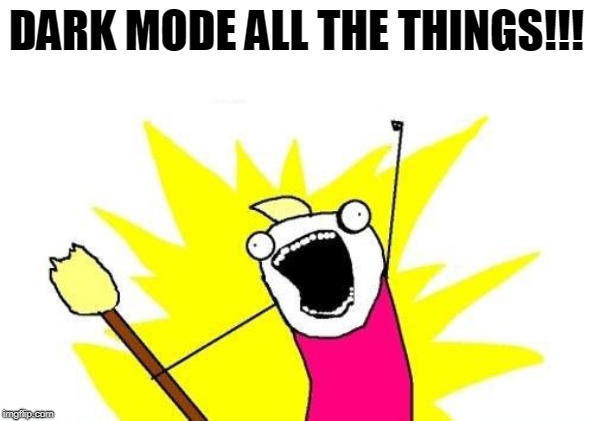Recently, Apple released its newest iOS update to the world with the release of iOS 13. For many, this update will forever be known as the dark mode update.
With dark mode being so ubiquitous within the tech community nowadays, it leaves the question: Why are we moving to dark mode all the things?
This isn’t entirely new…
Dark mode has technically been around for quite some time now. According to this WIRED article, the black background is a throwback to old-school computer terminals from the 1970s. These computer systems featured green text on a black background and are still commonly used in coding programs today.

The article suggests that the modern rise of dark mode may be attributed to the fact that we now spend as much time looking at a screen as coders did back in the day. We feel the need to reduce eye strain and need a system that isn’t going to burn out our retinas as quick.
The rise of modern-day dark mode

The “dark mode” as we know of today really started in 2016 with the release of Twitter’s dark mode feature. This started a trend that has slowly grown to overtake popular technology culture, with more and more companies incorporating the feature into their apps.
In 2018, dark mode came to computers as Apple announced a dark mode for that year’s release of macOS. This was followed by the release of dark mode for the Windows File Explorer, which then made Windows fully support Dark Mode as well.
Dark Mode in 2019
Now we are in 2019, and dark mode is practically everywhere. From apps to websites to system UI and more, “Dark mode all the things” has moved from a meme to a reality.
What apps are left? It seems like everything is dark mode these days, but there are indeed some apps that are lagging behind. Below is a list of apps that I use that still don’t offer a dark mode:
Google Suite on iOS
Tinder
Bumble
SnapChat
Venmo
Cash App
Mostly every other app or service that I use offers a dark mode or utilizes a color scheme that is neither light nor dark.
Is Dark Mode the new standard?

My love for dark mode is known, but what about everyone else? An Instagram poll of students shows that 48 percent of users use dark mode while 52 percent do not. This shows that although the option is out there, the adoption of dark mode is not as popular as perhaps the original demand for the feature in the first place. Even if you prefer not to use dark mode, though, you at least have an option now.

